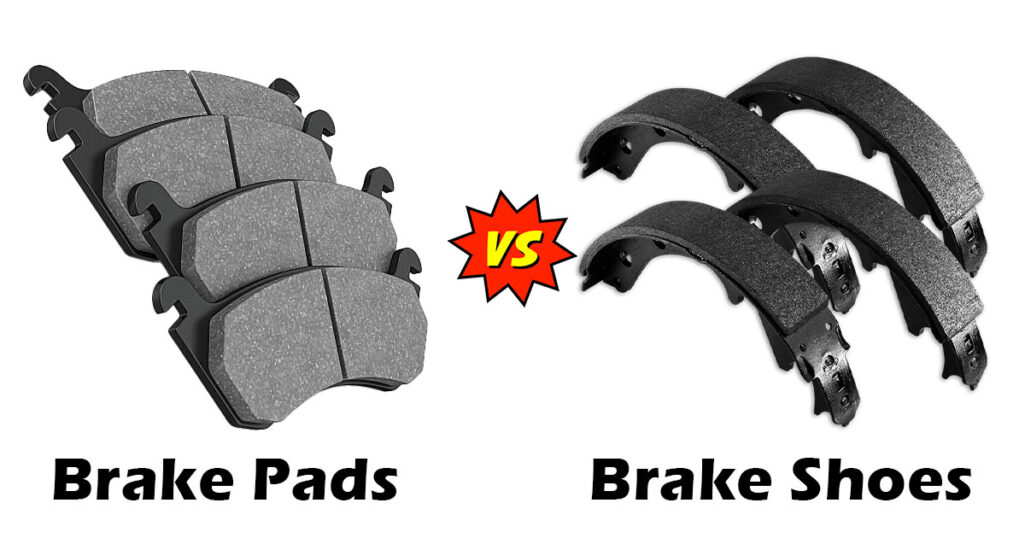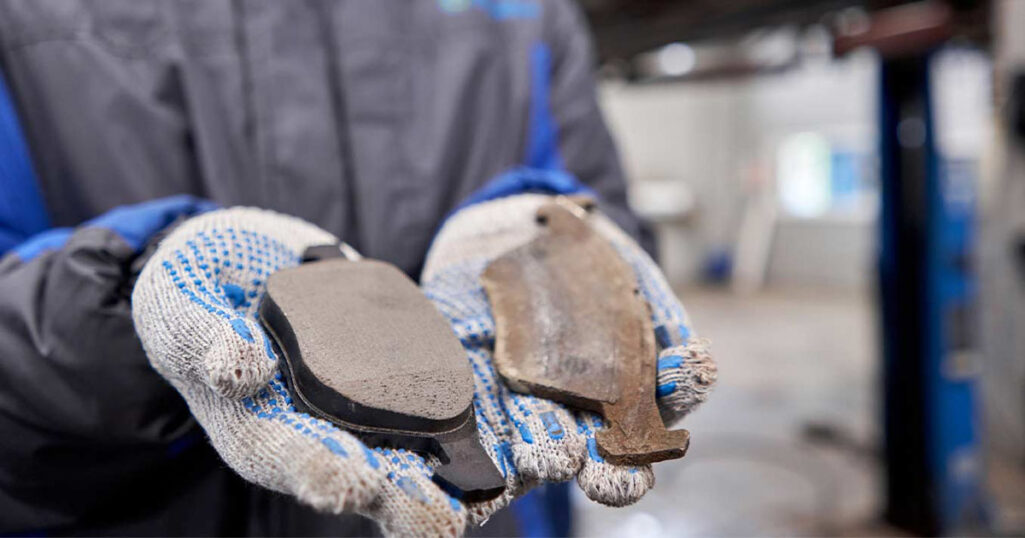
How long are brake pads supposed to last? This is a common question among drivers. This is due to the fact that it is an essential component of the braking system. Your car’s brakes assist you in slowing down or stopping. You and others might be put at risk if it has even a single flaw.
The majority of drivers have to ensure that their braking system is in good condition, which includes understanding the life expectancy of their brake pads and changing them at the necessary intervals.
Typically, brake pads last about 30,000 to 35,000 miles. As a rule of thumb, the lifespan of the pads is based on your driving behaviors and other variables. It could last for up to 100,000 miles if you drive most of the time on highways.
What is the lifespan of a set of brake pads?
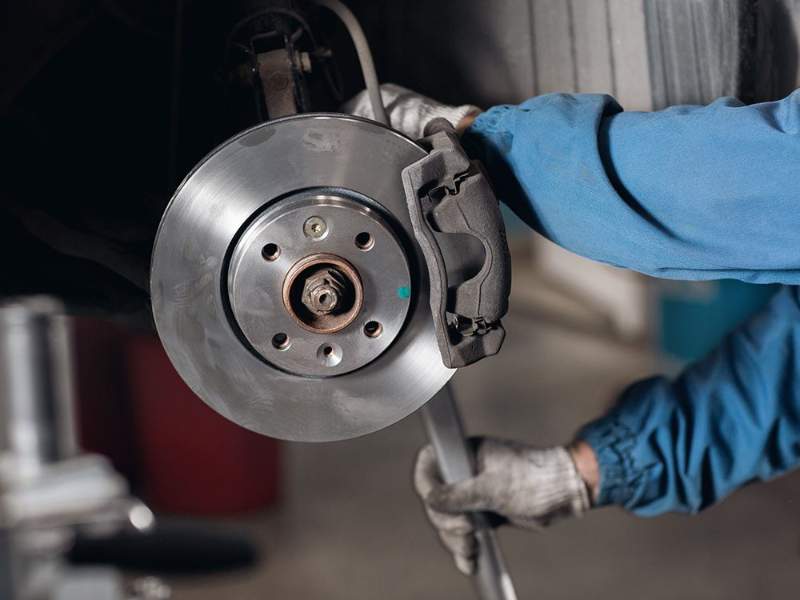
Brake pads typically last about 30,000 miles. The mileage ranges from 20,000 to 60,000 depending on use and other factors (to be addressed later). From driving habits to the quality of your brake pads, there are many variables that might affect your overall driving experience.

The brake pads get a signal from your foot when you press the brake pedal. The brake rotors come into contact with the brake pads, which then bring pressure and friction to the wheels, bringing the vehicle to a complete stop. The life of the brake pads is determined by the frequency in which this process occurs and how long it lasts.
The following is a description of the factors that impact the life expectancy of brake pads:
Driving Styles
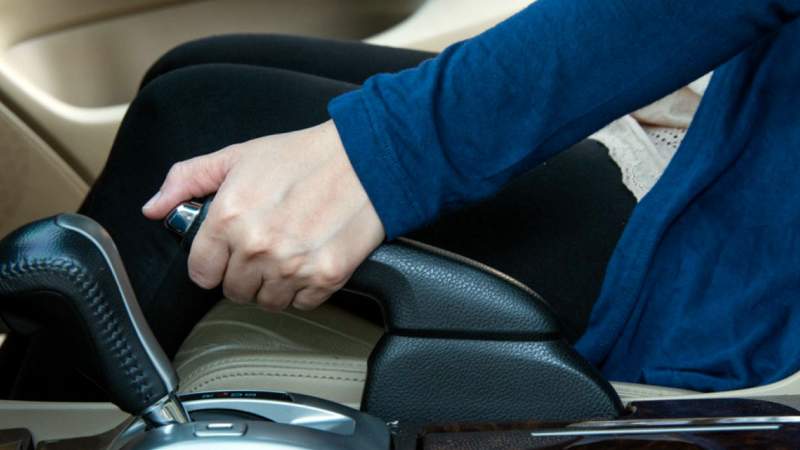
If you constantly use your brakes, your brake pads will wear out more quickly. Driving too closely to the vehicle in front of you in traffic is a particular cause of this. The reason is that you’ll have to stop whenever the car ahead of you stops.

In other words, if the automobile in front of you brakes 10 times, you’ll have to do the same. It’s best to keep a safe distance from other vehicles in this case, so you don’t have to make frequent stops and starts.
Stopping abruptly due to an obstacle in front of you while traveling at high speed might also result in pad wear. This is because you will have to apply the brakes a lot more forcefully to bring your vehicle to stop fast. Driving too fast and then slamming on the brakes forcefully may put unnecessary strain on your brake pad. Thus, the wear on the brakes increases.
Slower driving will reduce the amount of force your brakes need to bring your vehicle to a stop. As a result of this, brake pads last longer and are subject to less wear.
Type of Brake Pads

Each of the three primary types of brake pads has a distinct purpose and is created from a variety of materials. For example, although some vehicles employ semi-metallic or even ceramic brake pads, other vehicles use organic pads. The lifespan of a vehicle’s brake pads is determined by the quality of the pads.
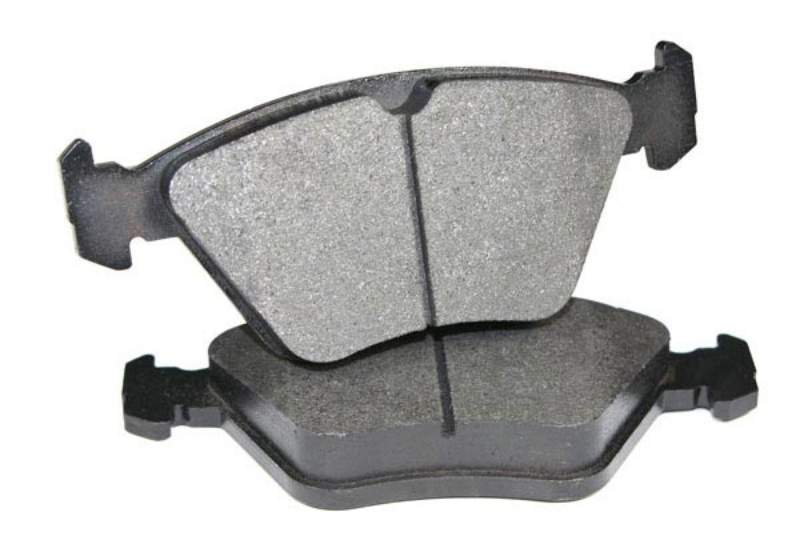
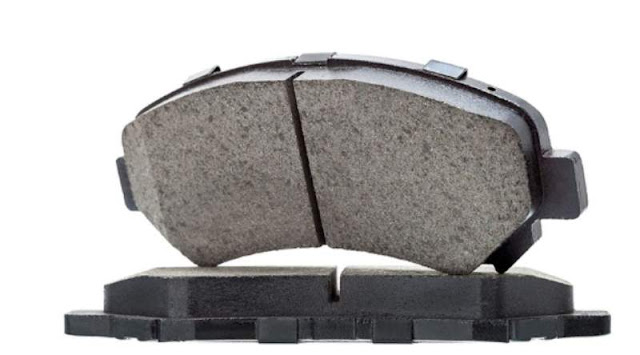
Since organic brake pads are made from natural materials, they wear out faster. Glass, rubber, fiber, and Kevlar are among the components used with resins. It is advisable to use semi-metallic brake pads since they are designed for great performance, have a faster response time, and last longer. You can go up to 50,000 miles with it.
Ceramic brake pads are commonly seen in high-end vehicles and are known for their smooth, quiet stopping power. They can last up to 60,000 miles even though they aren’t designed for high-performance operation.
Transmission Method
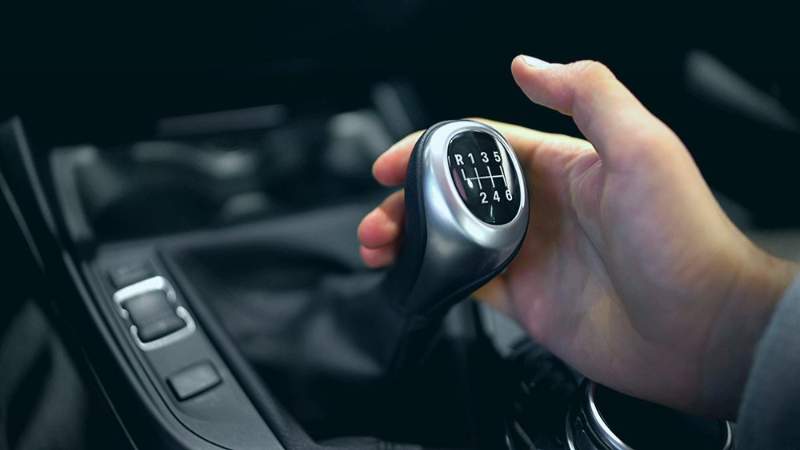
The brake pads on manual transmission vehicles will last longer than those on automatic transmission cars. This is because manual transmission vehicle owners may employ the engine braking mechanism to slow down by downshifting gears when they need. As a result, they may reduce their speed without having to rely on the brake pads. Keep in mind that the less times you use them, the longer they will last.
The engine braking system should not be used in cars with an automatic gearbox since it might cause transmission damage.
Driving Conditions

As a driver in a mountainous region, you may have to engage the brake more frequently because of the steep slopes and declines. Even in regular, busy traffic, you’ll find yourself pressing the brake pedal more frequently. Life expectancy decreases as the use increases.
Condition of the Brake Rotors and Caliper
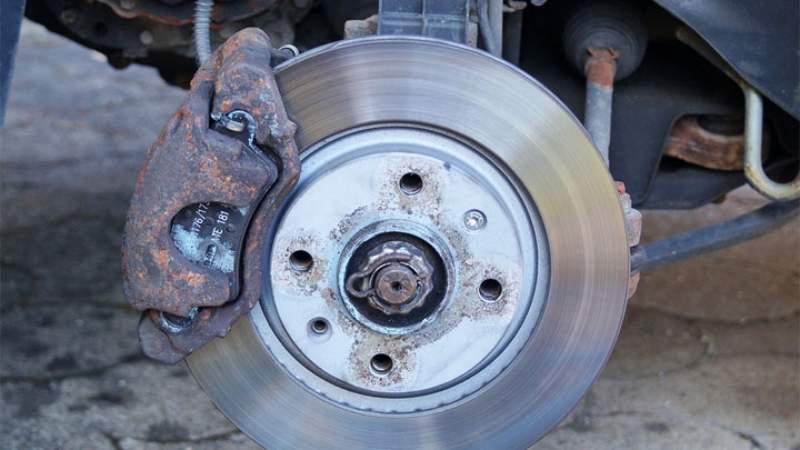
The brake rotors and calipers, as well as the brake pads, are all part of the braking system. Brake pads wear out because of malfunctioning components, such as a blocked caliper or a warped rotor. A blocked caliper, for example, will prevent your brake pads from completely disengaging from the rotor. To put it another way, you’ll have your brakes just partially engaged while driving.
Conclusion
To slow or stop your vehicle, the brake pads are an important component of the brake system. As a result, drivers are more cautious when using it. As a result, people wonder, how long do brake pads last? Depending on driving patterns, Subaru brake pads, for example, can last anywhere from 30,000 to 60,000 miles.
While brake pads typically last between 20,000 and 70,000 miles, there are a variety of factors that can affect how long or how short their lifespan is. The lifespan of your brake pads will be determined by the type of vehicle you drive and how frequently you use them.

